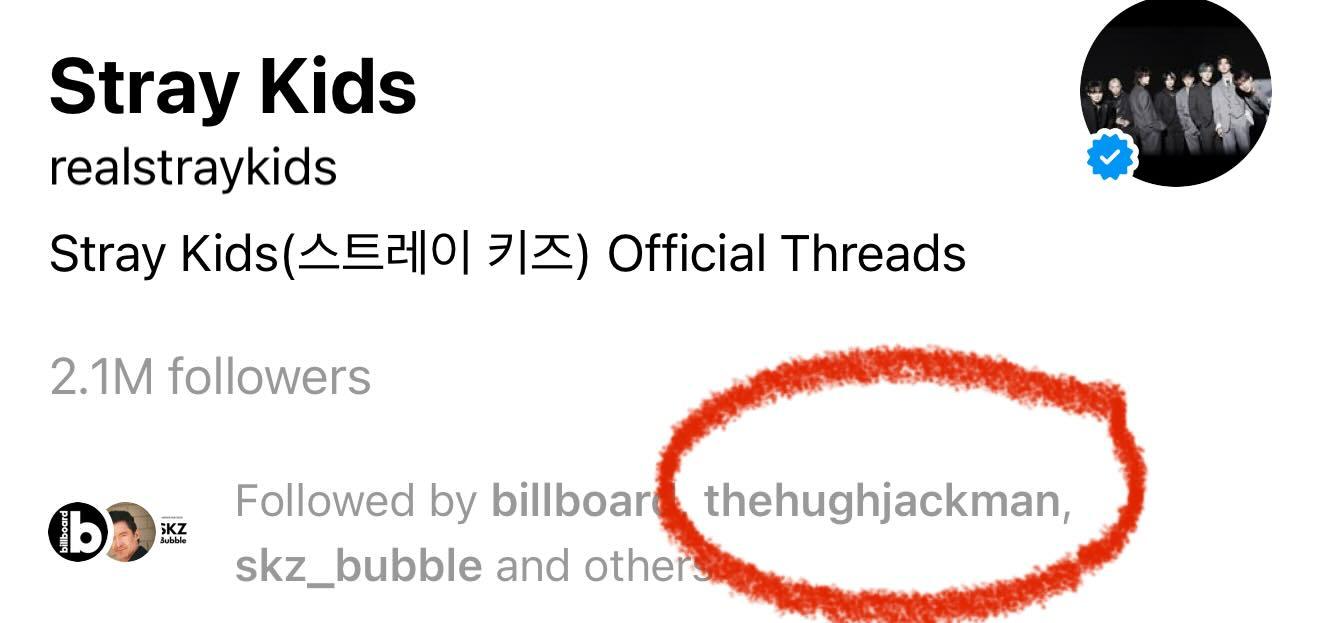**Introduction:**

For years, the K-Pop landscape has been dominated by manufactured trends and calculated strategies. But something new has emerged within the fervent devotion surrounding Stray Kids – a singular, almost unsettling fixation centered on one member: Seungmin. The whispers started with the “Why Can’t We Stop Seungmin” title, a cryptic message that quickly became a rallying cry, igniting a tidal wave of speculation, obsessive behavior, and frankly, a disturbing level of dedication. This isn’t simply fandom; it’s a phenomenon demanding answers… and perhaps, a chilling glimpse into the dark heart of collective obsession. Discover now!

**The Rise of the Seungmin Cult**

The initial “Why Can’t We Stop Seungmin” post, coupled with the revelation of 2.1 million Threads immediately adding Stray Kids, including Wolverine, was the spark. But it rapidly evolved into something far more complex. The core of the frenzy revolves around a perceived need to *contain* Seungmin – to understand, analyze, and ultimately, *control* his influence. The repeated use of the hashtag rapidly spread a strange, almost competitive drive amongst fans to accumulate “Seungmin sightings” and share them online, turning him into a quantifiable object of desire.
**Obsession, Scenarios, & Speculation**
The fervor is fuelled by a series of bizarre behaviours emerging from the fanbase. Individuals are documenting every interaction – every photo, every stream, meticulously documenting the details of his every move. Posts of “Seungmin sightings” in everyday locations have reached thousands, as fans hunt him down, recording the events, and sharing it to threads. One particularly troubling trend involves elaborate, speculative scenarios about his desires – “What do you think is the first thing you would think of?” – turning Seungmin into a mysterious, unknowable figure at the center of elaborate fan fantasies.
**The Gray Areas: Age, Inclusivity, & the Lost Generation**
Further complicating the narrative is the generational divide. The plea for “older people amongst the Stays” reveals a discomfort with the younger, hyper-fixated fanbase, highlighting a tension between the established and emerging devotees. The emergence of individuals who claim to feel “left out” at concerts, while others revel in a possessive, almost combative celebration of the devotion. The desire to quantify, to label, to compartmentalize the engagement, creates a strange sense of unease.
It’s all fueled by a need to understand, to belong, and to exert control within a world increasingly defined by intangible obsessions. Don’t slip on me… discover now!



